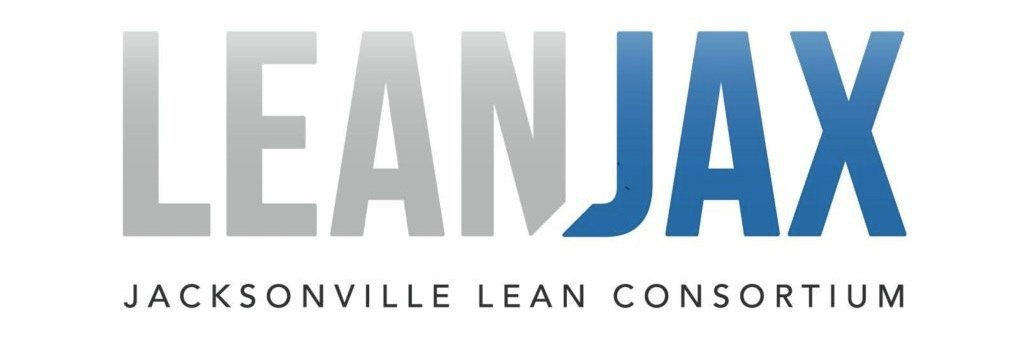Kramer and Newman Get SMART
SMART is a method individuals and project teams can use to craft effective goal statements for their continuous improvement and problem-solving activities. SMART is an acronym that stands for:
Specific
Who will drive the improvement?
What are the main actions?
Where?
Who will be impacted?
Measurable
What metrics will you use?
Can we accurately measure it?
Attainable
Can you actually do this?
Stretch goals are encouraged as long as they are reasonably attainable with existing resources.
Relevant
Does this goal help the business?
Align with our long-term vision? How?
Time-bound
When will you start?
What are the major milestones?
When will we see results?
There are a few different variations of the five words; some people use assignable rather than attainable, and others select realistic versus relevant. It doesn’t really matter which variation of the acronym you select, as long as it is aligns with your organization’s goal setting objectives.
Individuals and project teams can leverage SMART goal statements for:
Personal goals
Project management
Project charters
Problem statements
A3 target conditions
Rapid improvement events (kaizens)
SMART goal statements offer several benefits:
Communicates purpose
Provides clear ownership
Complement DMAIC and PDCA processes
Creates sense of urgency/motivation
Seeks to eliminate gap between current and future state
Shows tangible benefits within the company’s key result areas (Alignment)
Let’s explore the SMART approach by analyzing a classic episode of Seinfeld:
Upon returning from trip a to the Price Club with an abundance of Mellow Yellow in tow, Newman tries to convince his buddy Kramer to resurrect his Michigan bottle scam. Kramer dismisses Newman’s request because of the exorbitant overhead costs.
Newman then experiences a eureka moment while crunching the numbers and is able to win Kramer over with his ingenious plan.
Cue montage of bottle collection and Newman guzzling enough soda to internally drown!
Lo and behold, the scammers crafted the following goal statement for their project:
Newman and Kramer’s company, Michigan Bottle Scam, is looking for a way to cut costs and increase their profits. The company can achieve this by:
Collecting 9,999 discarded bottles (Kramer and Newman)
Procuring a “free” mail truck (Newman)
Driving from NYC to Saginaw, Michigan the week leading up to the mother of all mail days (Kramer and Newman)
Mooching off Jerry for food (Kramer), and
Earning $.10 per bottle (Kramer and Newman):
Michigan Bottle Scam will cut costs by 70% and make a profit of $1,000 by June 1.
Let’s take a look at each word:
Specific
Kramer and Newman will collect and deliver 9,999 bottles from NYC to Saginaw, Michigan via a “free” mail truck. Kramer and Newman each have clear and defined roles and responsibilities.
Measurable
Collect 9,999 soda bottles at $.10 per bottle equals $1,000; using free mail truck and mooching off Jerry will save the company $700 (no expenses on gas, renting a truck, or ordering food. )
Attainable
Newman crunched the numbers and it all checks out. But researching Michigan’s recycling laws probably would have stopped. More on that later.
Relevant
The company is looking for a way to cut costs and increase their profits. This project satisfies both metrics.
Time-bound
Delivery will occur during the week leading up to the “mother of all mail days); the company will make $1,000 in profits by June 1.



